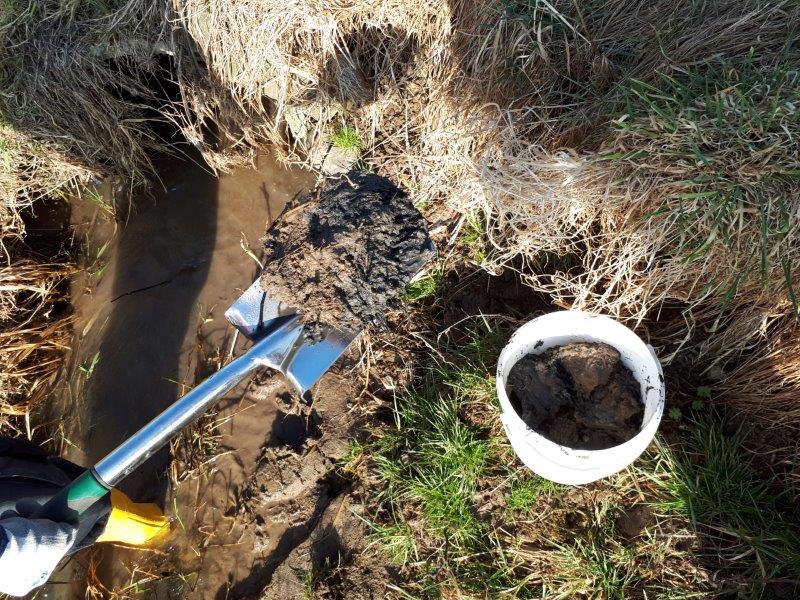With regard to compliance with the requirements of waste and soil protection law, the Lower Saxony Ministry for the Environment, Energy and Climate Protection distinguishes between two case constellations.
Basically, two case constellations are to be considered for the handling of clearance material
1. broaching material remains in the water system
If the clearing material is not removed from the system of the water body (including the marginal strip) during the maintenance of water bodies - including ditches - this does not constitute disposal within the meaning of Article 3 (1) KrWG. The clearing material may be deposited on the edge of the water body in order to maintain its status as approved under water law. The overall measure has the effect of permanently maintaining the water-legally regulated condition in a natural-dynamic system (MU decree of 21.11 2012 "Abfallrechtliche Anforderungen beim Umgang mit Räumgut aus der Gewässerunterhaltung" (Ref. 36-62820/17)).
2. clearing material is removed from the water system.
In the case of clearing material from ditches alongside trunk roads, a typical traffic load is to be assumed. The sediment must be examined prior to clearing. Excavated soil intended for reuse at the place of origin pursuant to § 12 BBodSchV shall be investigated, especially if there are indications of anthropogenic or geogenic contamination. Depending on the intended disposal route, the examination density is to be coordinated with the Lower Water Authority or the Lower Soil Protection Authority of the district.
Sampling should be based on the estimated mass of the material to be cleared.
If spreading on agricultural land is planned, it is a recycling in or on a rootable soil layer. In this case, 70 % of the precautionary values of the BBodSchV must be complied with on the target area. The permissibility of the procedure must be clarified with the lower soil protection authority of the respective district.
This is another example of the MuP Group's wide range of tasks. Engineering for a better tomorrow!

